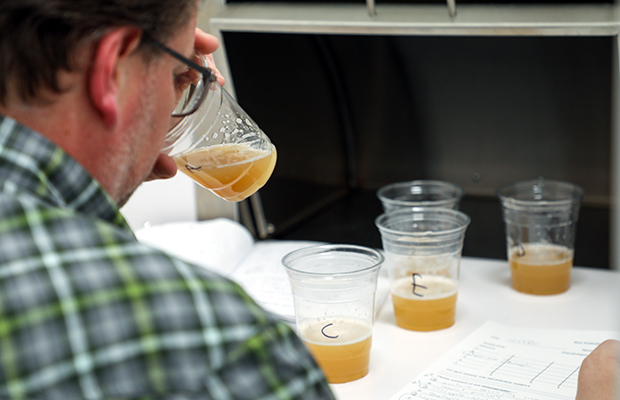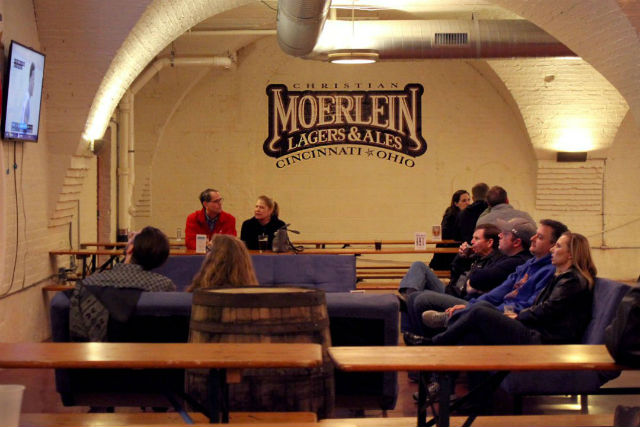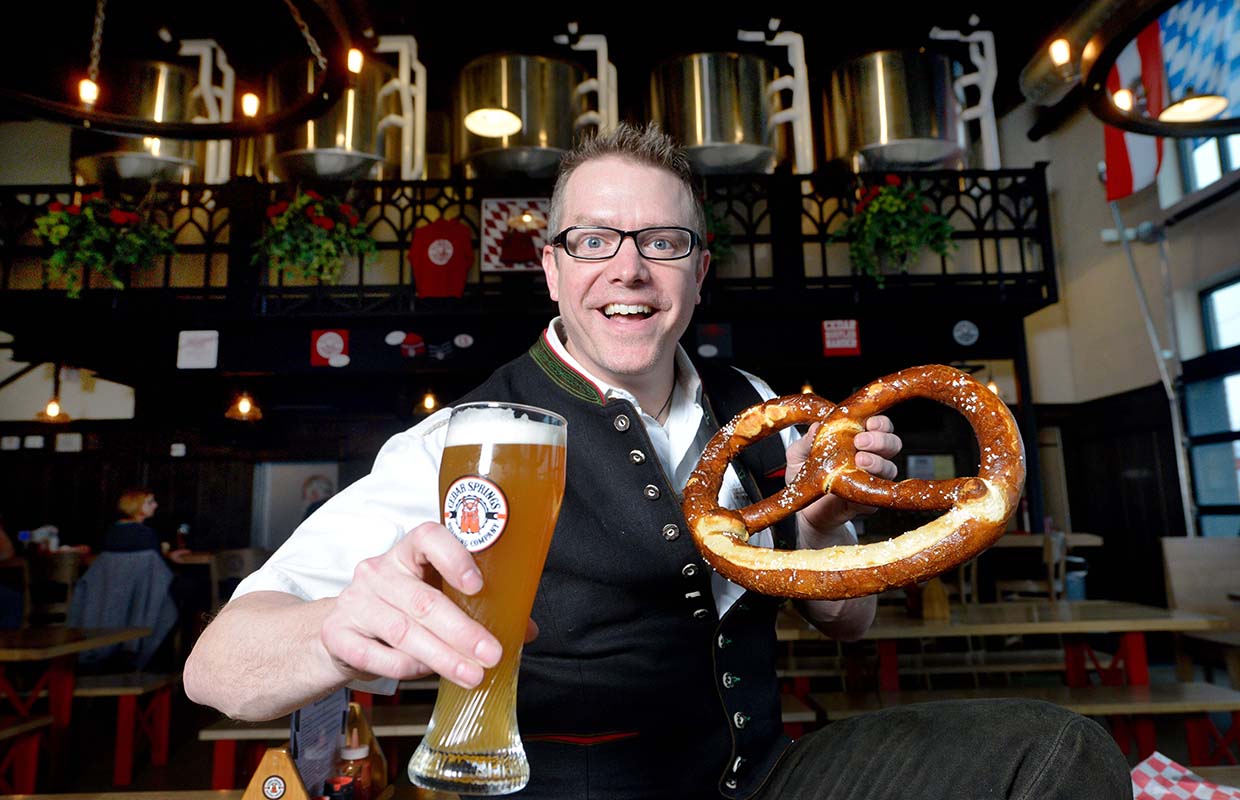
Developing a good tasting panel isn’t only key for quality and consistency, but it can also be important when packaging and giving consumers the perfect experience.
Troegs Independent Brewing’s previously informal tasting panel was formalized in 2011 when the brewery was moved from Harrisburg to Hershey, Pennsylvania.
Beginning with diacetyl tests of Sunshine Pilsner, a classic balance of two-row barley, zesty Saaz hops, and lager yeast, staff were pulled to taste every fermenter of Sunshine, making sure that the diacetyl was reabsorbed by the yeast.
“It grew through need and necessity,” brewmaster and founding brother John Trogner said.
“The first taste panel was us randomly tasting from the tanks and deciding if the beer could go to the next step in production. And from there, it kept getting more and more formal and we started keeping records.”
Quality Manager Ben Bailey began training and testing coworkers with spiked samples when the brewery moved to Hershey, which allowed for the space of a fully-developed lab and tasting room.
Any full-time staff member can participate in the taste panel, regardless of position. The panel happens at least once a week, with 12 trained testers who have passed the test. The formal training program started with flavor attribute training, in which Bailey trains members of the tasting panel with around a dozen spikes.
“We use some of the most common off-flavors like diacetyl, metallic, and oxidation,” Bailey said. “And we also use spikes that give us insight into a taster’s ability. Are they able to differentiate esters, sulfur compounds, and phenolics? That gives us a way to judge general ability on the panel.
“We also have a gas chromatograph that detects diacetyl, but we still taste the beer at the end of fermentation.” Trogner sees the panel as a direct link to customer experience.
“Each step of the brewing process, from ingredient selection to packaging, could be catastrophic for the flavor of the beer, or small problems could add up and cumulatively cause a bad experience for our fans,” Trogner said. “So we evaluated the most critical points along the way and trained people to guard that Tröegs experience. Our taste panel ensures that when someone grabs a Perpetual IPA, they get a Perpetual IPA.”
Trained testers can zero in on a problem efficiently and get it fixed, instead of just saying, ‘this beer is bad.’ Trogner said he wants two parts of the panel to be expanded.
“The first is that defensive side, making sure our customers are having a great experience, so we want to hire a person dedicated to training more tasters,” he said. “The other component is our ability to more quickly move a beer from early experimental batches to a packaged beer on the shelf.”
Near the end of 2019, a new nano Scratch Lab was installed, and the 3-hectoliter brewhouse and eight fermenters allow Troegs to trial nuances to recipes and taste them side-by-side.
“Now we can take one Scratch knockout and split it into five or six tanks for yeast, hop and fruit experiments,” Trogner said. “In the past, a few brewers could take a growler or two home and compare batches, but you can’t do that with 10 or 12 different variations. So we want someone who can help us get a more statistical view so we can get better at evaluating those test batches.”
Boulevard Brewing Company has a different strategy, with a tasting panel that tastes daily in its Kansas City facility. After employees are successfully trained, they can participate in the panel, which was developed about 20 years ago.
When developing a tasting panel, Boulevard Brewmaster Steven Pauwels said it’s important to start with a training program and someone who will manage the sensory program.
“Tasting panel members need to be familiar with the beers and know when a beer is true-to-brand,” Pauwels said. “Continuous education for a panel is also important as is keeping the tasters on their toes with spikes.”
Pauwels said they measure the key flavor compounds in beer analytically, but that still leaves thousands of compounds that can’t be analyzed, not including synergy between different flavor compounds.
“The panel is able to taste the full spectrum,” Pauwels added. “Sensory is the third and final approval before the beer gets released after microbiological and analytical releases. It also helps with the consistency of the beer: the panel gives feedback for every lot that is released to help make the beer more consistent.”





1 Trackback / Pingback